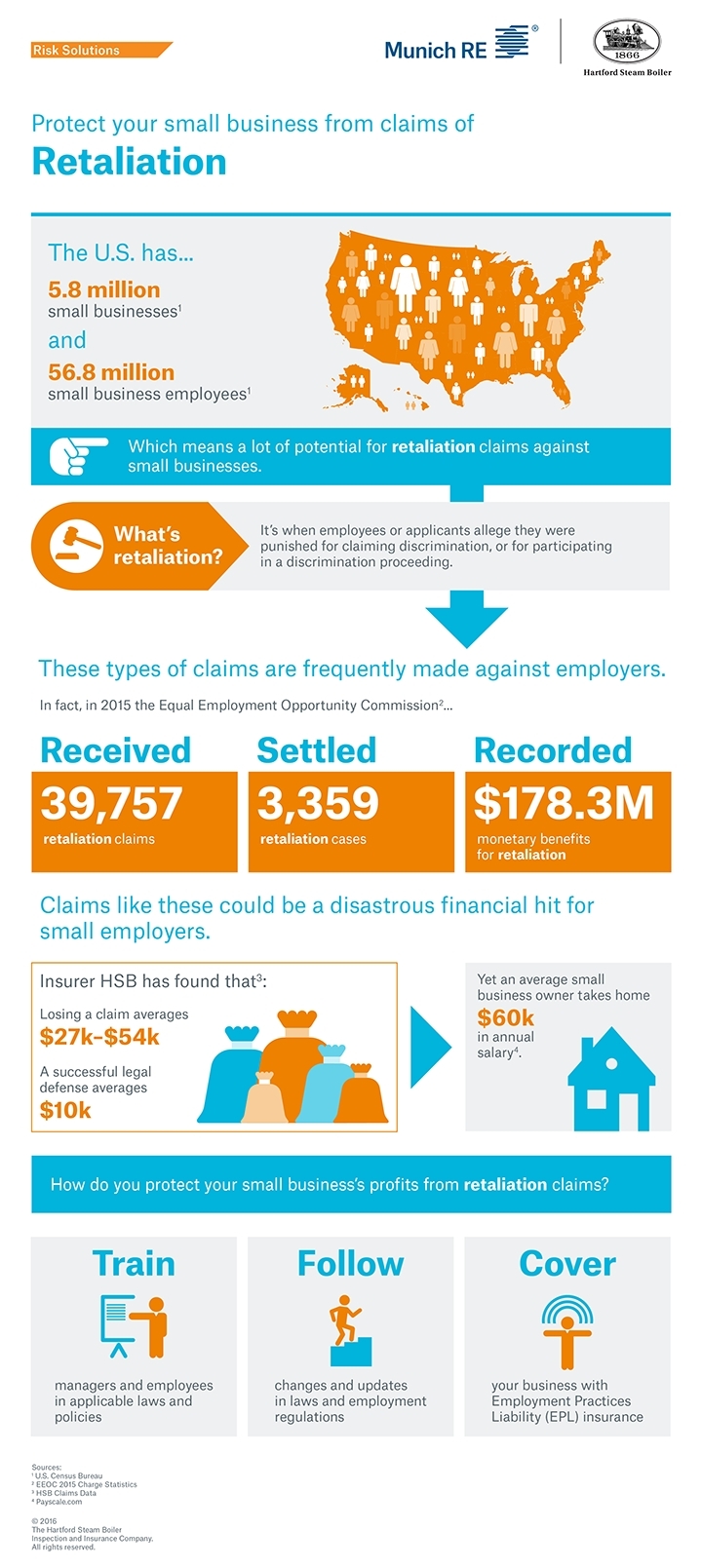Using Store Beacons To Add Small Business Sales, Profits
Beacons are tools, not substitutes for customer service.
Having beacons in a store may satisfy the gadget geek, but the beacons alone will not improve a small business or its customer relations.
Nicole Chan, Director of Public Relations and Brand Marketing at Bindotalks about the value of beacons. In their most used forms beacons are apps downloaded by the establishment.
Chan outlines how to add profits by adding sales through these beacons.
According to Chan the establishment must:
Educate and inform: To start with, small businesses have to motivate customers to download and use the app while they are in the store. This motivation comes from informing customers the app exists and how to get it, but it also comes from providing enough benefits to the customer who uses the app to merit them sharing their personal information (e.g. location) with the store. Even if the app is free, the benefits should outweigh the cost.
Analyze metrics: Secondly, small business owners need to use the information the beacons provide to better the business. Analyzing the metrics received from beacons can determine things like traffic patterns, percentage of customers who use the discounts they receive while in the store, frequent customers (cue customer loyalty programs), and the amount of time spent in the store. If the store only uses beacons to push discounts, the customer misses out on all the possibilities they offer, cheapening the customer experience and minimizing the store’s investment in the technology.
Evaluate feedback: Small businesses must evaluate the feedback received from customers who use the app to improve the service. For example, if a customer turns off the app while in the store, find out why. Were they receiving too many messages? Duplicate messages? Irrelevant information? Beacons should facilitate communication between the store and its customers, not hinder it.
Personal interaction: Finally, and perhaps most importantly, beacon technology should be a springboard for a small business’ employees to engage with customers in personal interaction. Chan offers the following practical level scenarios:
Scenario #1
A beacon recognizes that the same customer has been in a store three times this week. This should cue the store’s employees to do one (or both) of the following: thank the customer for their loyalty, call them by name if possible, or ask the customer if there is something specific the employee can help them find. Don’t always assume multiple visits are a good thing when returns require an additional trip.
Scenario #2
Beacon technology reveals a large number of customers in the same area of the store, notifying employees to send additional representatives to that area to provide crowd control or assistance.
Scenario #3
While analyzing the traffic pattern information that the beacons provide, a small business will notice one section of the store receives very little traffic. As a result, the business can alter the store layout to increase traffic in that area.
Think of beacons as ground control for customer service. Technology is great, but nothing beats a smile and a helping hand.
Nicole Chan is Director of Public Relations and Brand Marketing at Bindo.




